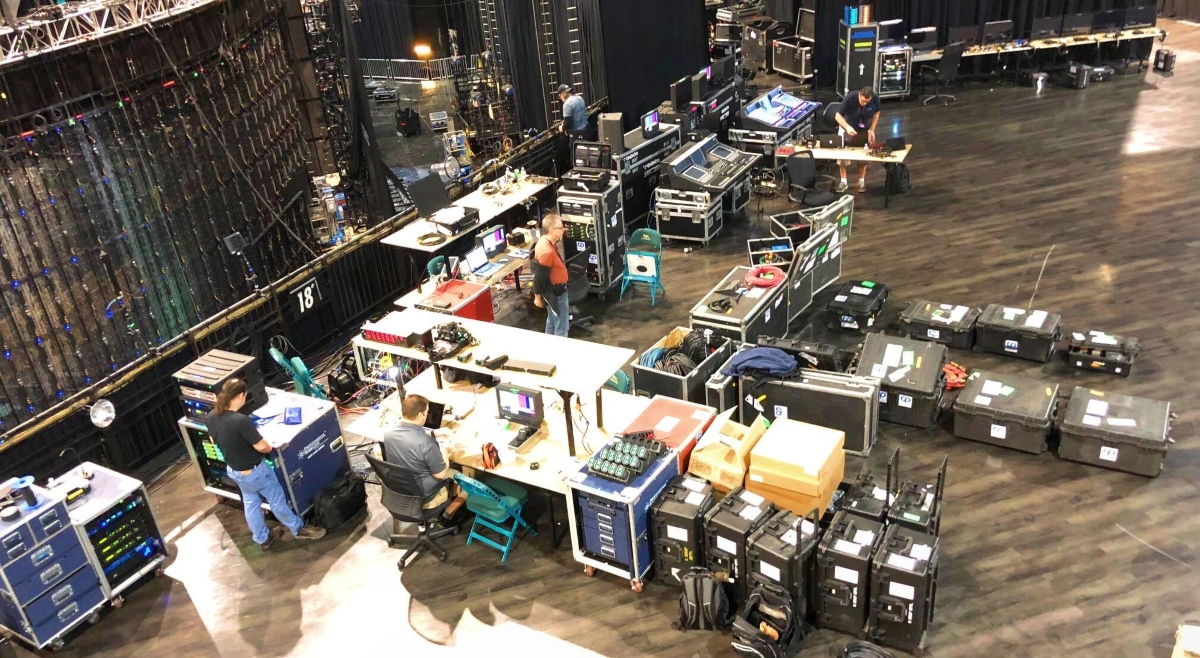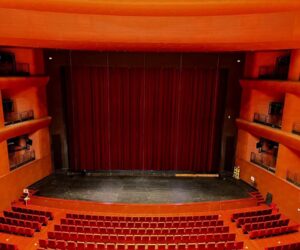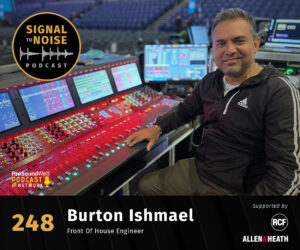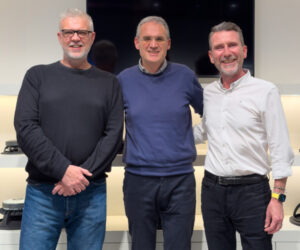It seems a matter of certainty these days that we all will live, breathe, and die in a wireless world.
Especially here in the realm of professional audio, where we’ve become accustomed – and in many cases dependent – upon RF microphones, musical instruments, in-ear monitors, production intercoms, and even systems dedicated to wirelessly transmitting console feeds to mains and delay towers.
There’s a price to pay for this convenience, of course, and it’s rooted not so much in dollars as it is in the time, talent, and resources it takes to successfully navigate within the increasingly congested and shrinking frequency spectrum supporting our cord-free existence.
It’s precisely within this sphere that Orlando-based Professional Wireless Systems (PWS) has made a stand, providing everything from frequency coordination for some of the biggest names and events in the music business to turnkey rental rigs and proprietary hardware for broadcasters that include ESPN and Fox.
PWS came to life in 1992 when James Stoffo launched the business from his home, offering both consulting and coordination services. Quickly gaining a reputation for bringing coherent and manageable systems to tough and unruly environments, PWS grew to become the wireless go-to source for live and broadcast events.
Today, as a wholly-owned subsidiary of Masque Sound, the company continues forward in the footsteps Stoffo left, delivering system packages and the necessary hardware for demanding applications running the gamut from corporate events to the Super Bowl.
“Our in-house Orlando staff includes engineers and techs, plus those we need to manage our warehouse and administrative efforts,” PWS general manager Jim Van Winkle relates while sitting down to be interviewed for this article during a break on a recent project, along with on-site RF engineers Cameron Stuckey, Gary Trenda, and his son Justin Van Winkle, who serves as production manager of PWS.
“Whenever we initially approach a project, we start out in-house and branch out from there. We have a top-notch pool of freelancers we draw from around the country, all of whom work with us quite regularly, and like the rest of the group, are really just part of the family.”
PWS also generates revenue via the sales of pro products from Shure, Sennheiser, Lectrosonics, RAD, Clear-Com, and many others. As dealers of these brands, they buy in volume and pass the savings along to clients. The manufacture and sales of its own proprietary products adds to gross earnings further, while proceeds from equipment rentals, frequency coordination services, shows, and install work enhance the bottom line as well.
Proprietary products engineered and manufactured by PWS itself include the company’s widely-used helical and domed helical antennas, low-loss antenna cables, antenna system components such as the GX-Series of antenna combiners, multicoupler/distros for both intercom and microphones, RF filters, and line splitter/combiners.

“We began developing our own products based upon our experiences on shows, installs, and via the collective knowledge base that informs our company,” Justin Van Winkle notes, looking back on the PWS historical timeline. “Self-designed and engineered by us for us, our products became useable tools for other people too. When we first started making our custom boxes, people tended to enlist our services because we were the ones who knew how to use them. Once these products were refined over the years, we were able to turn them into a full catalog of equipment to help clients build their own distributed antenna systems.”
Challenging Times
The segment of the professional audio that PWS inhabits was built around frequency coordination, antenna distribution systems, and rights as secondary users of spectrum utilized by broadcast TV.
Against this backdrop, the company’s role has expanded exponentially over the last 10 years thanks in no small part to actions taken by the FCC in the form of spectrum auctions. The most recent was the “incentive auction,” which sold off the rights to nearly the entire 600 MHz band (the 608-698 MHz spectrum, which includes UHF TV channels 36 through 51), kicking out wireless microphone/in-ear monitor and intercom system users in the process.
“Right now we are in the early days of transition out of most of the 600 MHz spectrum that has been available to us to operate wireless mics, IEMs, and similar systems,” Gary Trenda explains. “The FCC laid plans for a three-year transition period slated to be complete by the end of July 2020, but there are already new broadband data systems operating within the spectrum as I speak.
“As we continue to move forward, obviously the largest challenge we’ll face is going to be congestion,” he continues. “At the end of the transition, some cities will only have two vacant TV stations left for us to operate in as secondary users. A single TV station occupies 6 MHz of spectrum, so the idea of trying to run some of the shows we do within the confines of 12 MHz is going to be quite daunting. In the past, we’ve used up to 10 times that amount of spectrum for all the wireless systems required.”




















